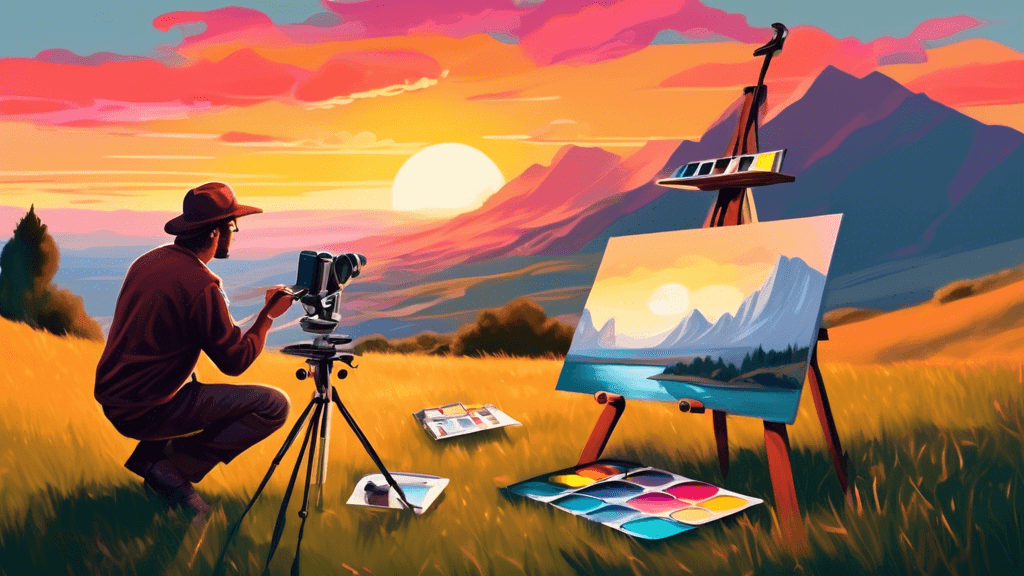
Mastering Landscape Photography: Essential Techniques for Stunning Shots
Share
Introduction to Landscape Photography
If you've ever stood before sprawling mountains or an expansive sea and wished to capture its grandeur, then landscape photography is for you. This genre of photography not only demands patience and precision but also requires you to understand the fundamental techniques that transform a simple snapshot into a breathtaking landscape photo. But what does it truly take to master the art of landscape photography? Let's delve deeper.
Understanding the Basics of Landscape Photography
At its core, landscape photography is about capturing natural scenes in a way that evokes emotion and brings the viewer into the moment. It involves a blend of technical skills and artistic vision. To start, one needs a good grasp of these essentials:
- Composition: The arrangement of elements in the shot, which guides the viewer’s eye through the scene.
- Lighting: Understanding natural light and its effects at different times of the day.
- Equipment: Choosing the right camera and lenses to enhance your ability to capture vast scenes.
Advanced Techniques in Landscape Photography
Mastering the Art of Composition
Good composition is a cornerstone of all great photography but is particularly pivotal in landscape photography. The rule of thirds, leading lines, and the incorporation of foreground interest are techniques that help create depth and balance in your photos. Renowned landscape photographer Ansel Adams once said, A good photograph is knowing where to stand. This encapsulates the essence of composition in landscape photography — it's all about perspective and positioning.
The Golden Hour
One of the most loved times for landscape photographers is the golden hour — shortly after sunrise or before sunset — when the light is soft, warm, and dimensional. This magical lighting can add mood, texture, and color depth to your photographs, turning them from simple daylight shots into emotive imagery. Harnessing the golden hour requires planning and familiarity with the location’s geographical aspects to predict how light falls across the land.
Long Exposure Techniques
Long exposure is a technique especially effective in landscape photography for creating an ethereal quality, particularly with moving water or clouds. By using a slower shutter speed, you allow more light to enter the camera over a more extended period, blurring movement and smoothing out detail. This technique can craft a scene of dynamic motion or profound stillness, fundamentally altering the photo’s impact.
Incorporating Technology
Modern technology has seamlessly integrated into landscape photography. Drones, for instance, offer a bird's-eye view and can lead to compelling compositions that were not possible before. Additionally, advanced editing software allows photographers to bring out the textures, contrast, and colors of the landscape, creating an even more striking effect.
Environmental Considerations
As landscape photographers, we hold a responsibility not only to capture the beauty of nature but also to preserve it. Practicing ethical photography, respecting wildlife, and leaving no trace during our shoots is crucial. It's about finding harmony within the environment and ensuring that our activities do not disrupt the natural spaces we aim to immortalize.
Conclusion: Taking Your Landscape Photography Further
Mastering landscape photography requires more than just an understanding of techniques; it demands passion, persistence, and a deep love for nature. As you continue on your journey, consider these tips not just as techniques, but as gateways to connecting with the world in a more profound, thoughtful way. Isn't it remarkable how a single, well-captured image of the natural world can remind us of its wonder and our duty to protect it?
To truly enhance your skills, practice diligently, seek feedback, and continually challenge yourself with new locations and compositions. What landscape will you capture next in your quest to master the art of landscape photography?





